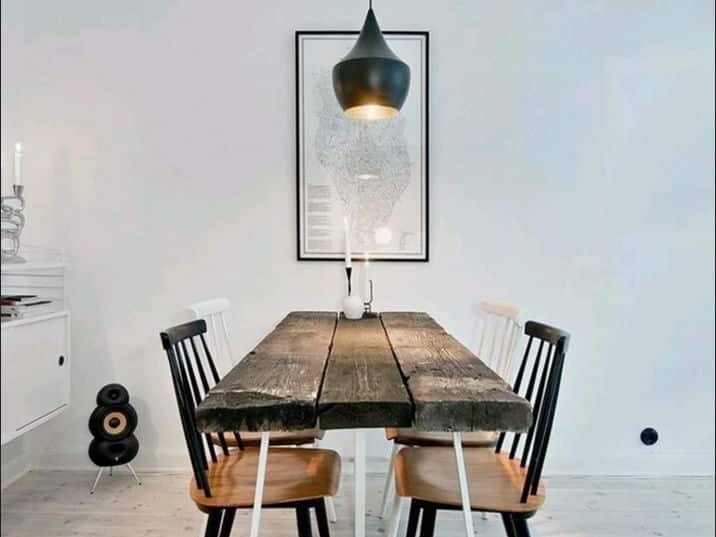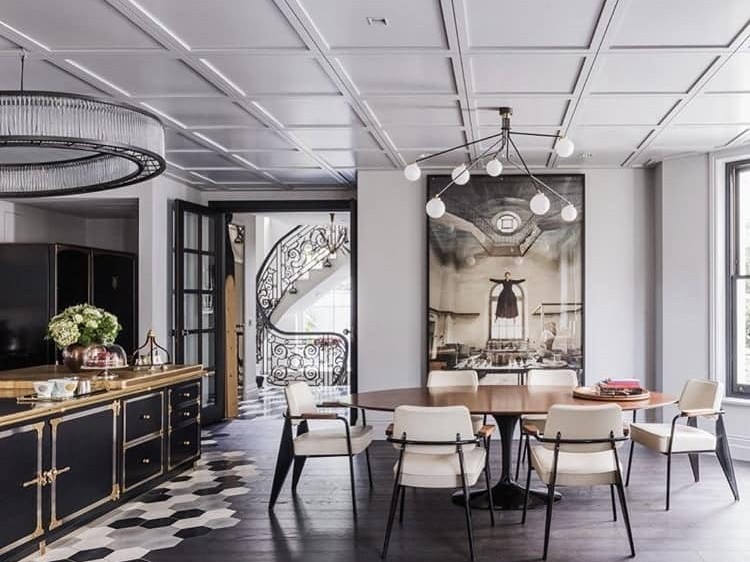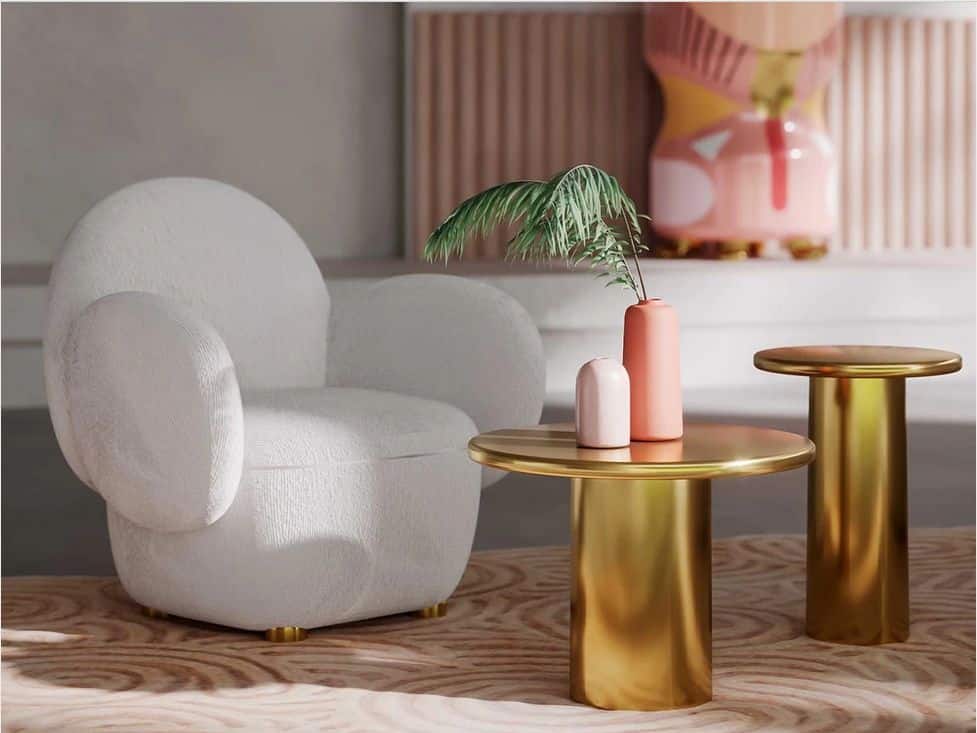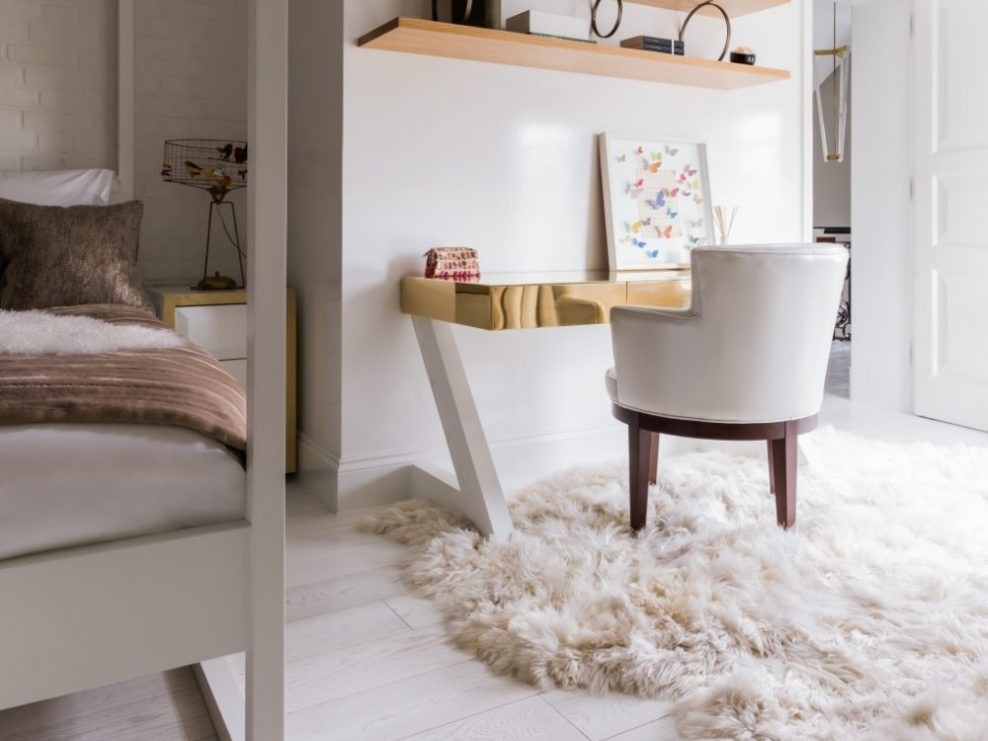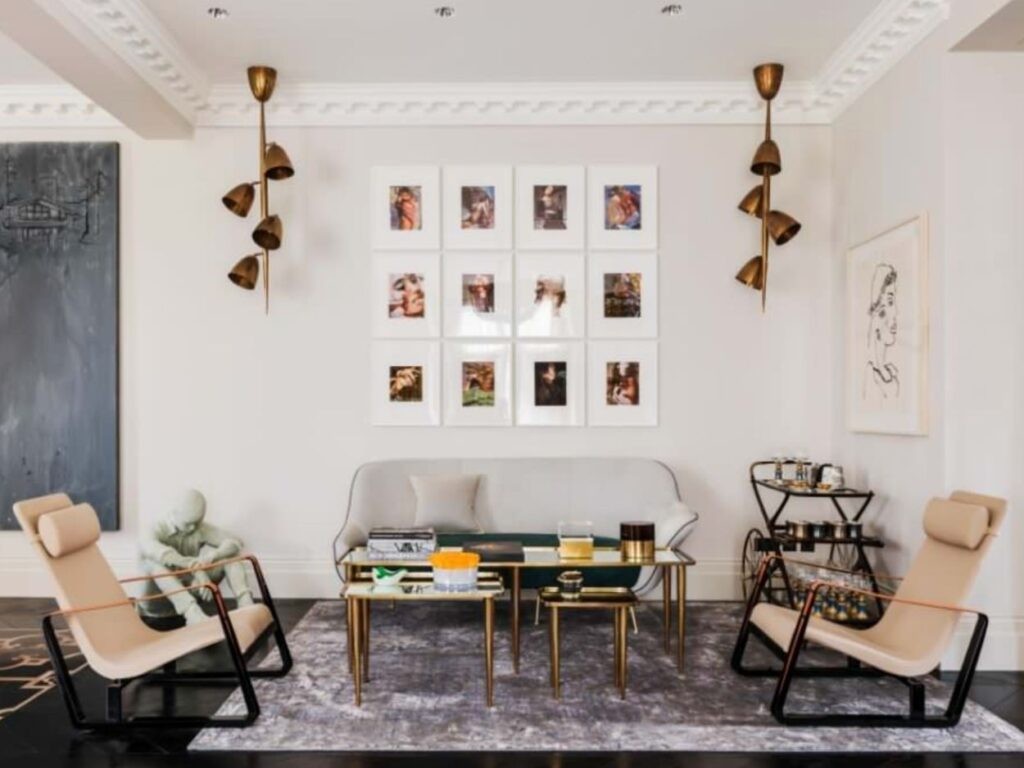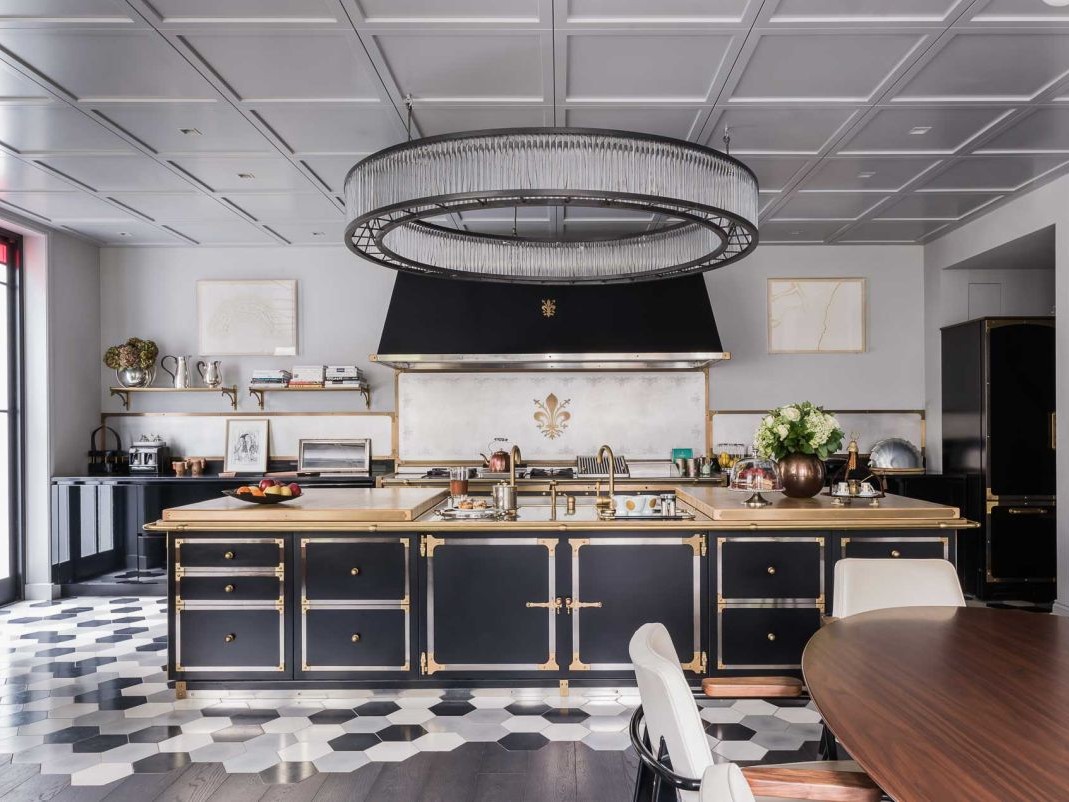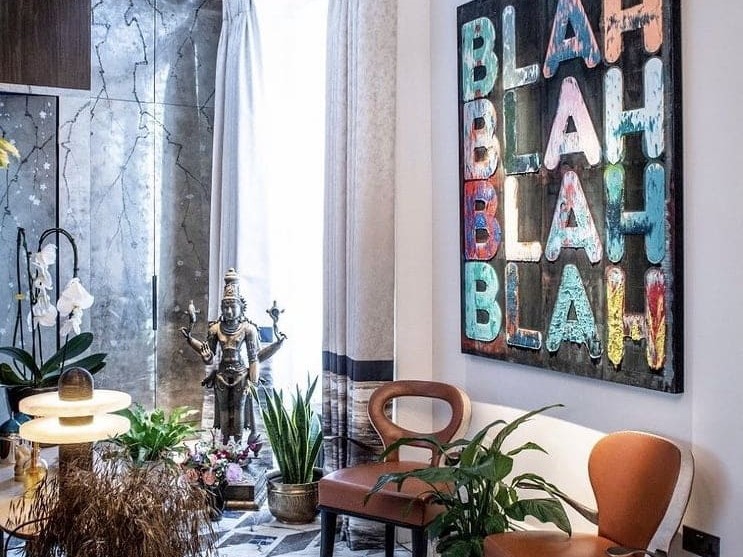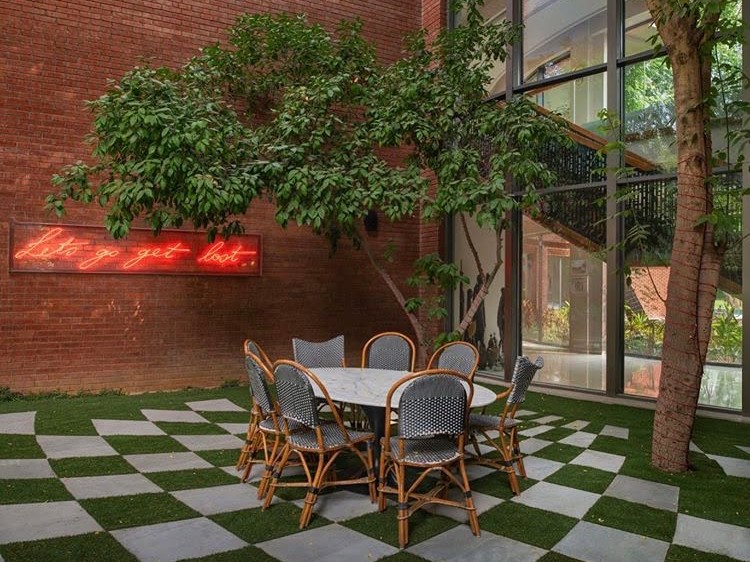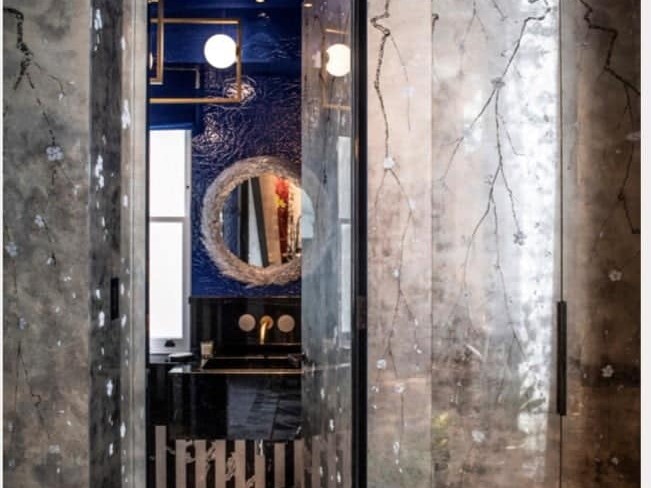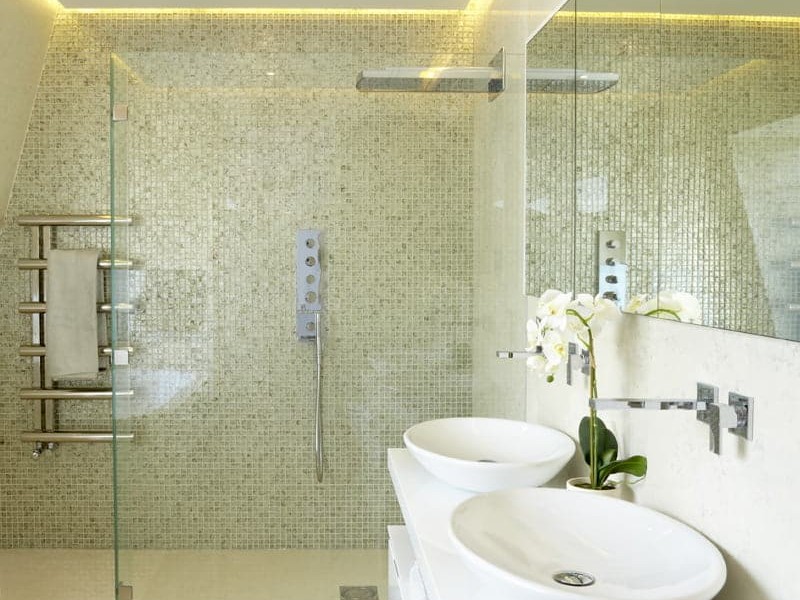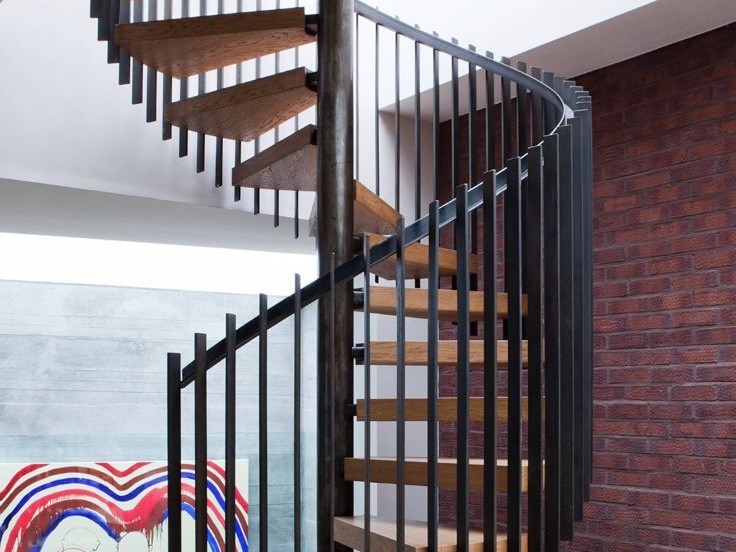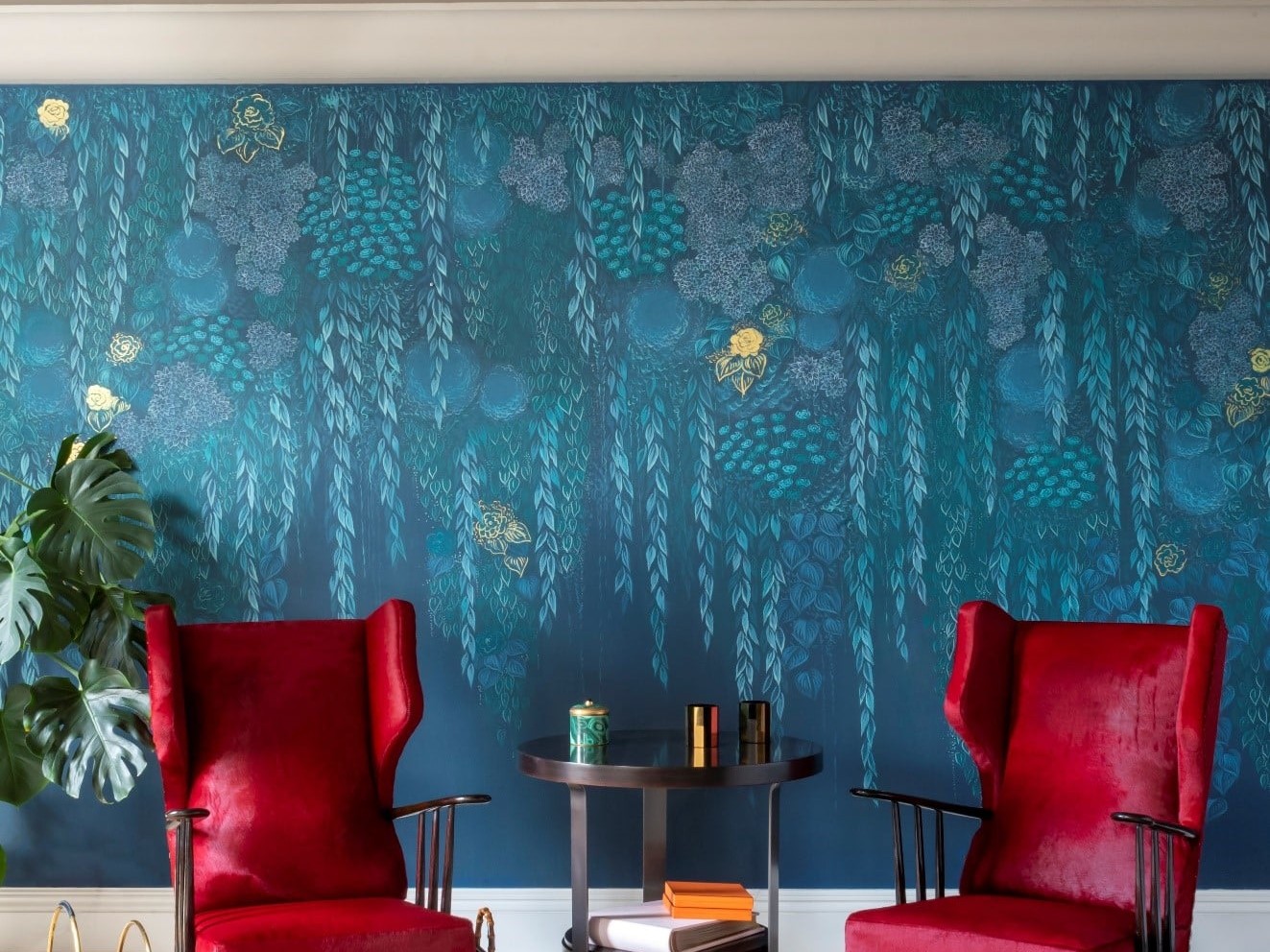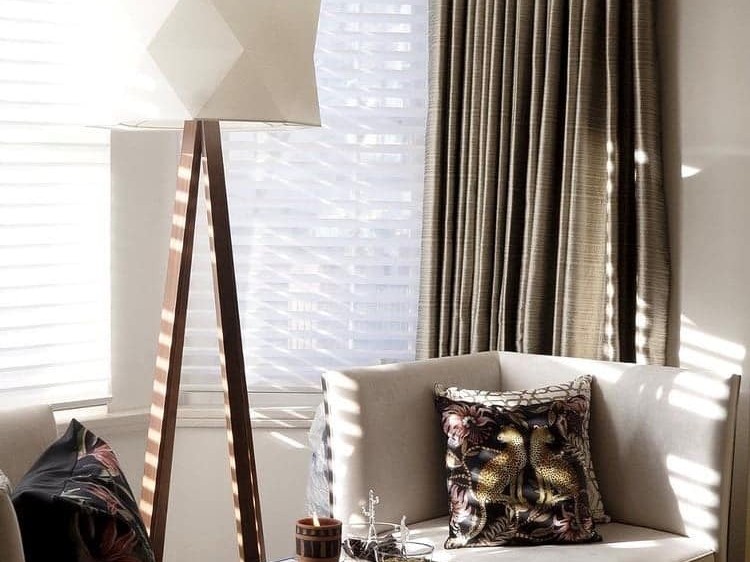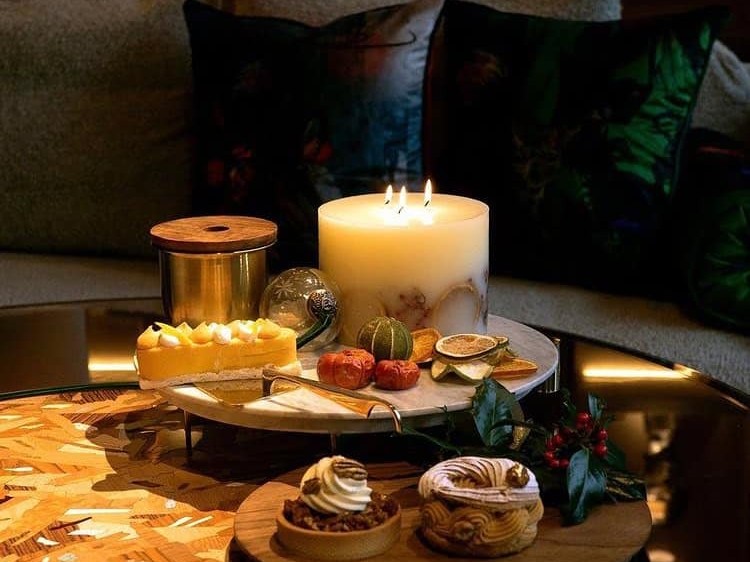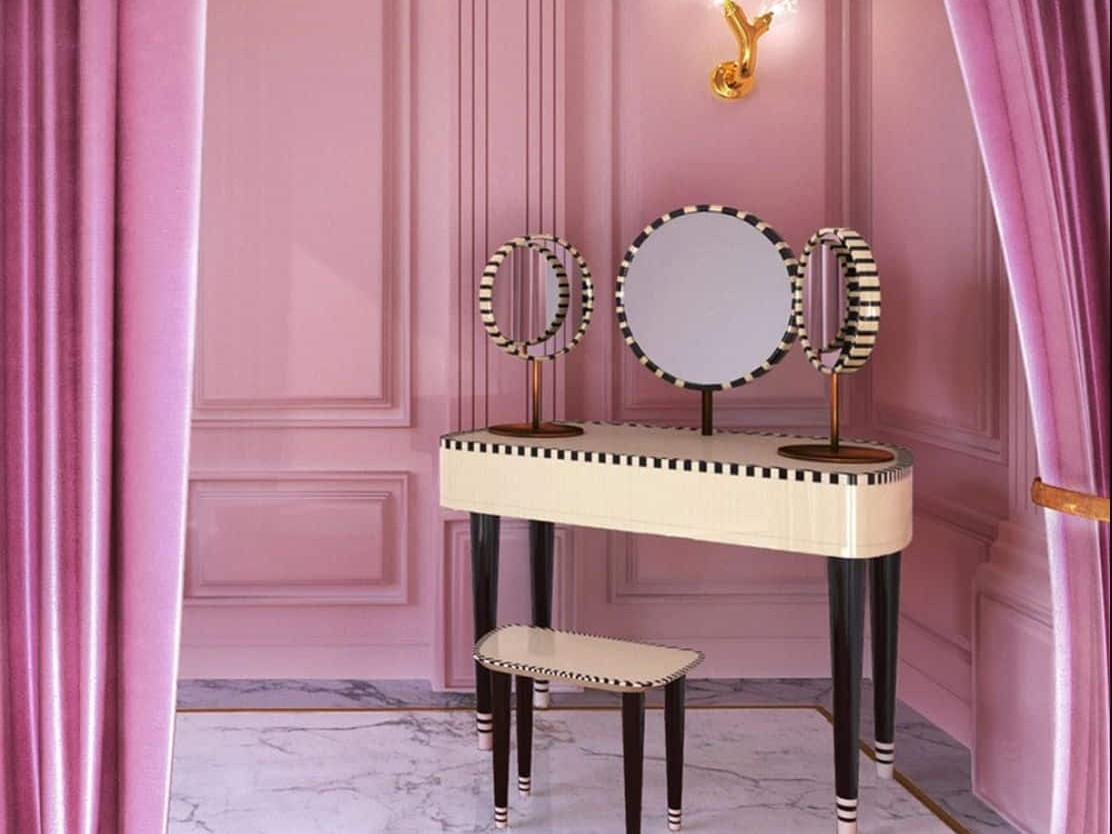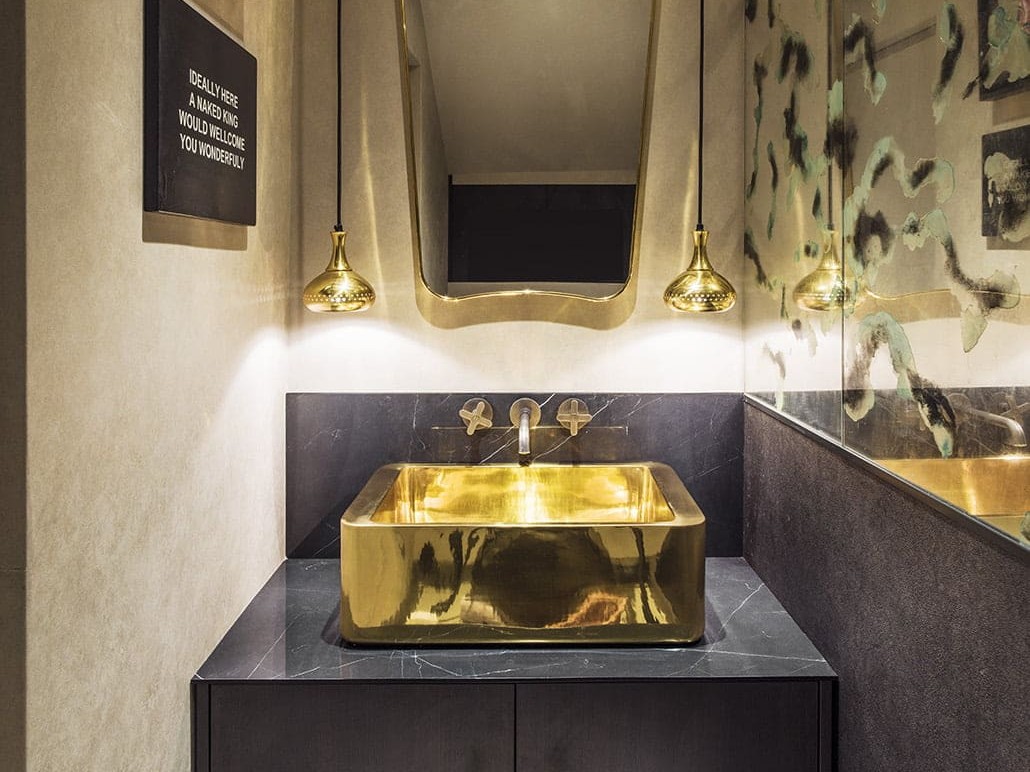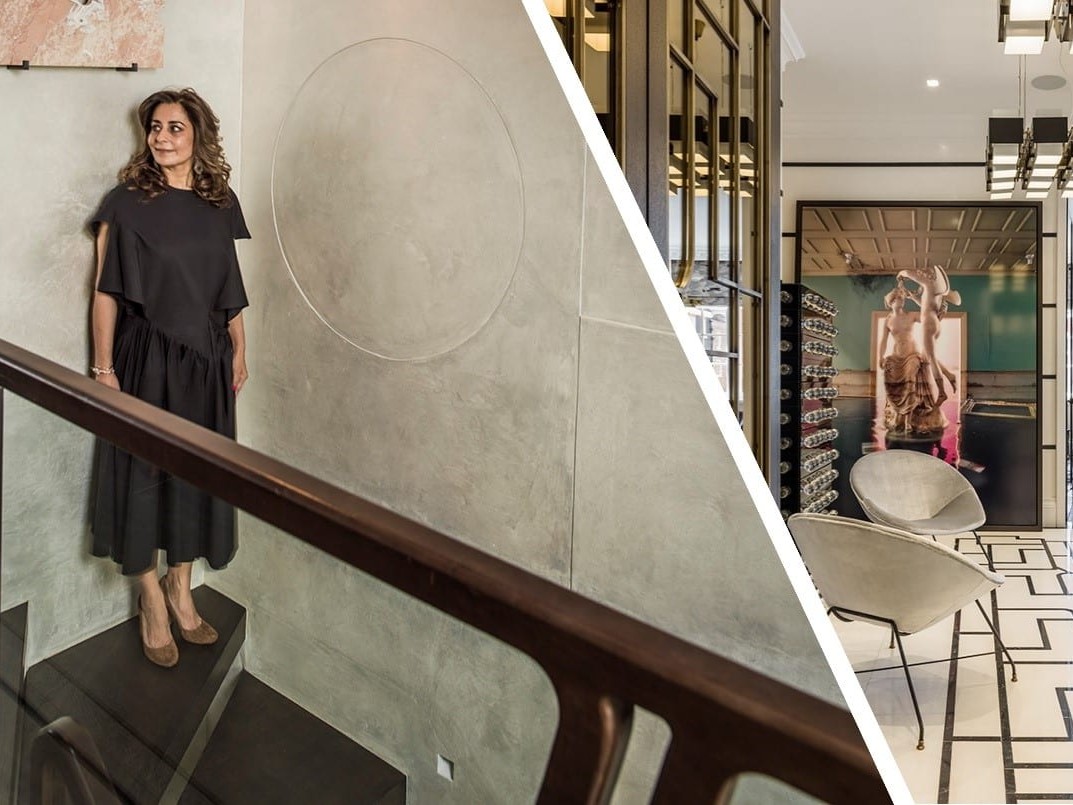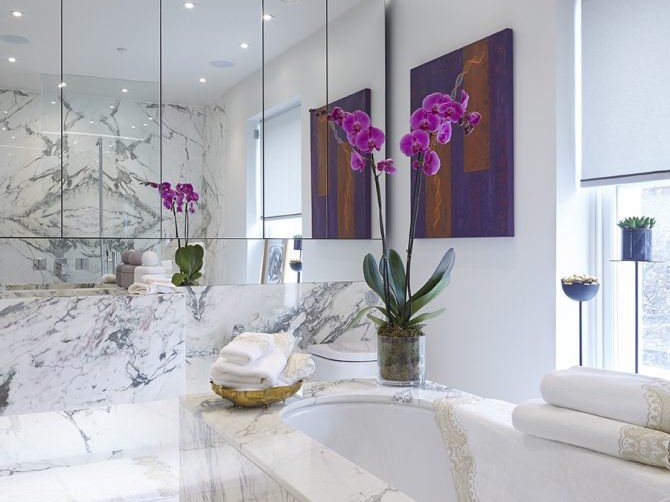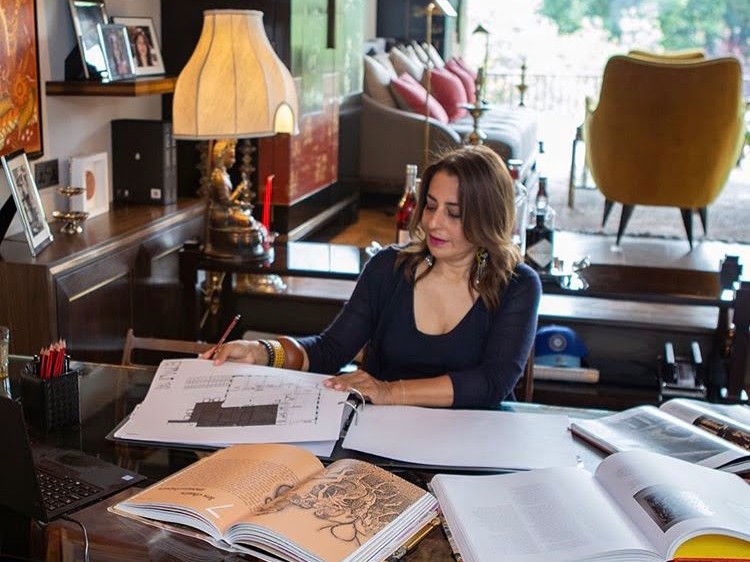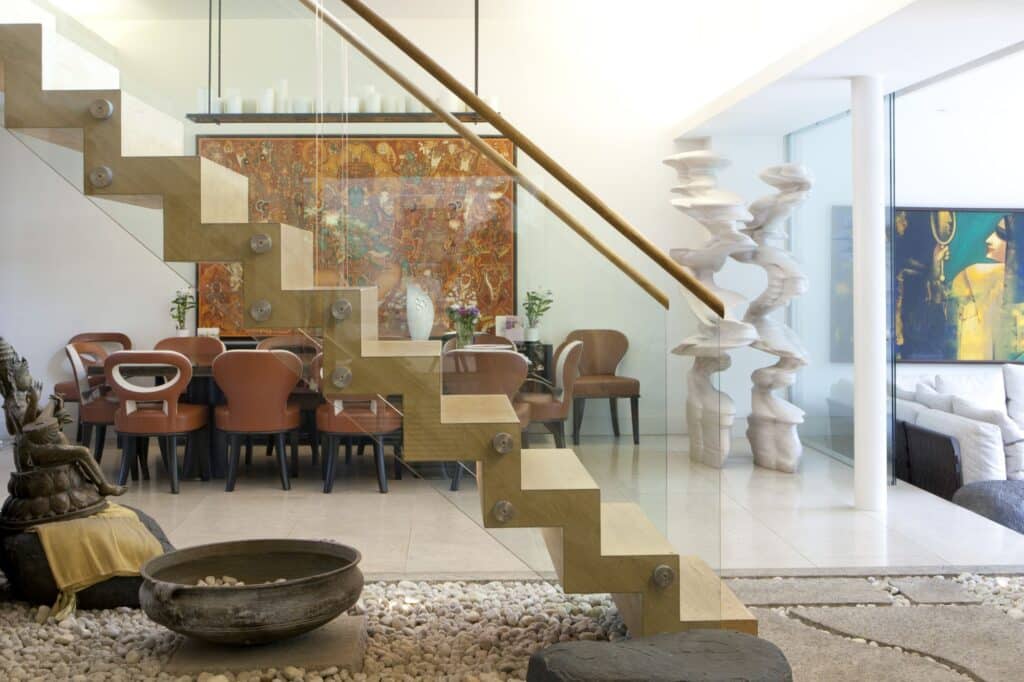
Japandi design trends are making their moves in the world of interior design. They fuse simplicity with functionality and any home embracing this design lifestyle will feel warm, welcoming, and well organized. So, what is Japandi? This guide will explore this question and tell you exactly how to decorate your home to get on board.
What Are the Core Concepts of Japandi?
Japandi is an intriguing mixture of Japanese and Scandanavian design features blended to create a modern fusion. Heavily inspired by wabi-sabi from Japan and hygge from Scandanavia, the two concepts blend pleasantly with seemingly zero disruption. Wabi-sabi centers around peace while hygge is all about happiness and smooth sailing so the two come together harmoniously to create a wonderful theme. The main concepts are easy to understand.
- Neutrality: Staying neutral is an integral part of fully embracing Japandi style design in the home. Earth tones like beige, natural woods, and creams/whites are heavily present.
- Modernity: Japandi embraces modern themes and furniture. This is also true for all the accents and accessories too.
- Natural Materials: Think wicker, wood, wool, cotton, or weave. The theme is only complete if the materials and furniture are kept natural.
- Minimalistic: Speaking of accessories, there is no space for too many. The idea is to keep things minimalistic, using the furniture and color schemes to provide warmth and comfort.
- Peace: There should always be an overarching sense of peace achieved through all of the above qualities.
- Uniqueness: Japandi loves bold, unique pieces and schemes that embrace subtle personality and stay, for the most part, low-key. The blend of two contrasting concepts is unique, after all.
- Splashes of Boldness: There is, however, space for boldness in some respects. Whether it is a striking pattern on a throw pillow or a particularly unusual stool, boldness is welcome in small doses to tie everything together.
The Colour Theme
There is no strict rule when it comes to picking a color; however, there are guidelines if you are wanting to do it right. Neutrality as a concept has already been established. This means all the tones and vibes in the room should center around nature and nothing should feel too bold or eye-catching. There is no space for neon shades or super bright white, for instance, but there is plenty of room for warm grays, beiges, creams, ocean colors, and so on.
The Material Choices
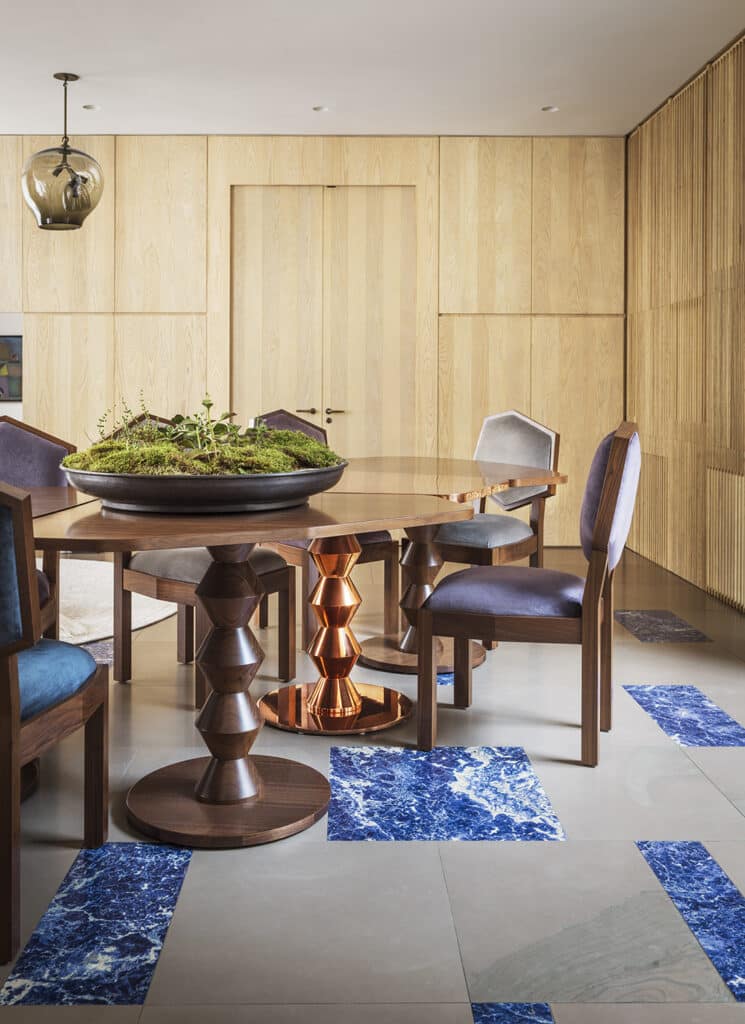
The material choices for Japandi encompass everything that has already been discussed. There are lots of woods, rough textures, cotton, and rattan to explore which lead the charge in deciding on furniture and accessories. Thankfully, there is a lot of choice in these categories so even if you’ve never considered a rattan chair before, this could be the perfect time to embrace such stylings.
The Shapes and Styles
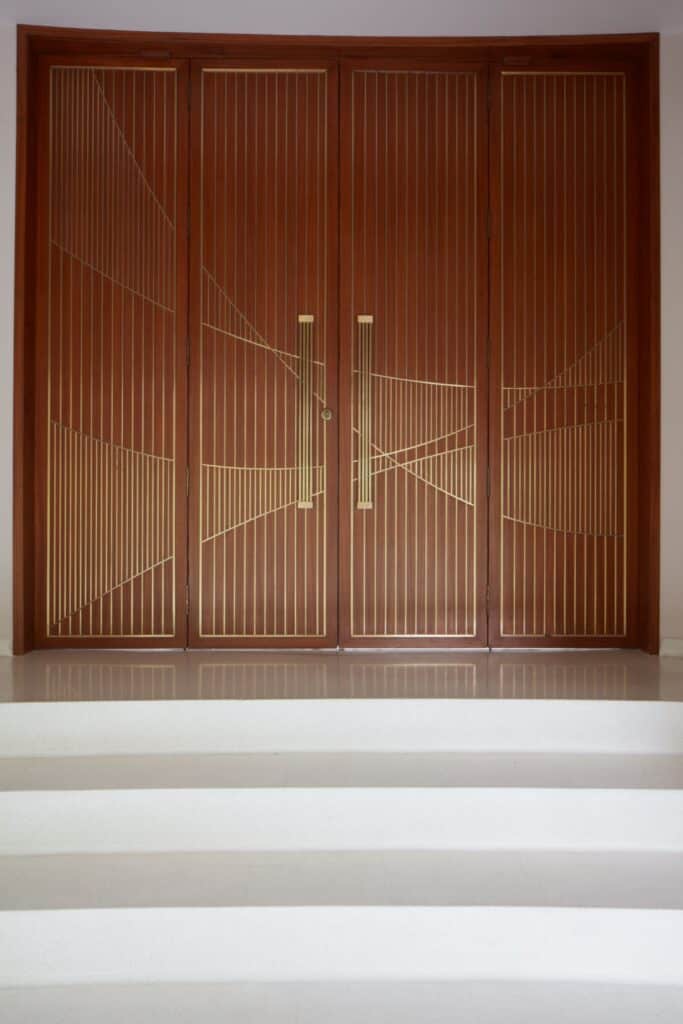
When it comes to picking out the perfect shapes and styles, there are a few different paths you can take. Japandi embraces lots of curves, wood, stains, roughness, neatness, and definition. Finding assets that embrace this is the first step, and it’s good to be guided by bravery to bring together the two styles as well. It works really well, otherwise, Japandi would not be gaining so much interest. The blend of Japanese boldness with Scandanavian modernity is something to strive for here and opens the door for a lot of opportunities when it comes to selecting all of those key features.
A Complete Declutter to Support the Minimal
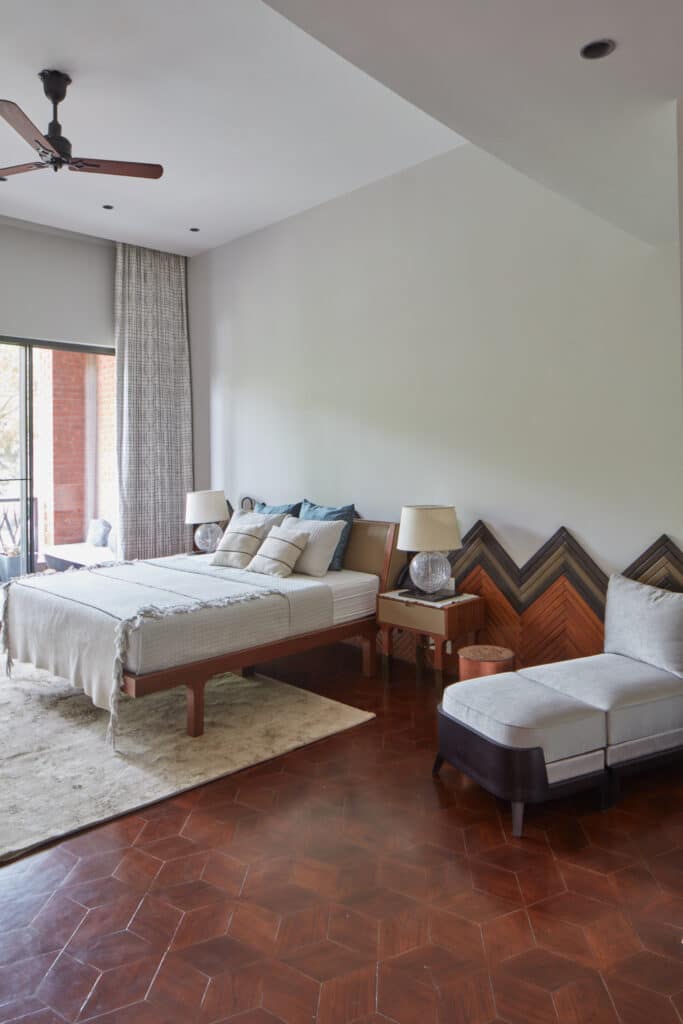
The most important thing to remember is that a room inspired by a Japandi theme must feel well-treated in all respects. There should be minimal (if any at all) clutter, which is accentuated by carefully chosen colors and feature pieces.
The walls are to remain mainly decoration free, with the odd exception if there is a well-suited piece of art to hang somewhere subtle. The floor ought to be clear of unnecessary sculptures or similar, instead free to embrace an aptly chosen rug and even a few stools if you want extra seating or practical tables. Storage is essential, and it is always better to create it internally wherever possible in order to avoid detracting from the exterior signature design.
Plants are encouraged and welcomed and work well with both sides of the design vision too. To fully embrace Japandi, there has to be some carefully selected indoor plants to optimize the interior space.
Eclectic Patterns and Texture
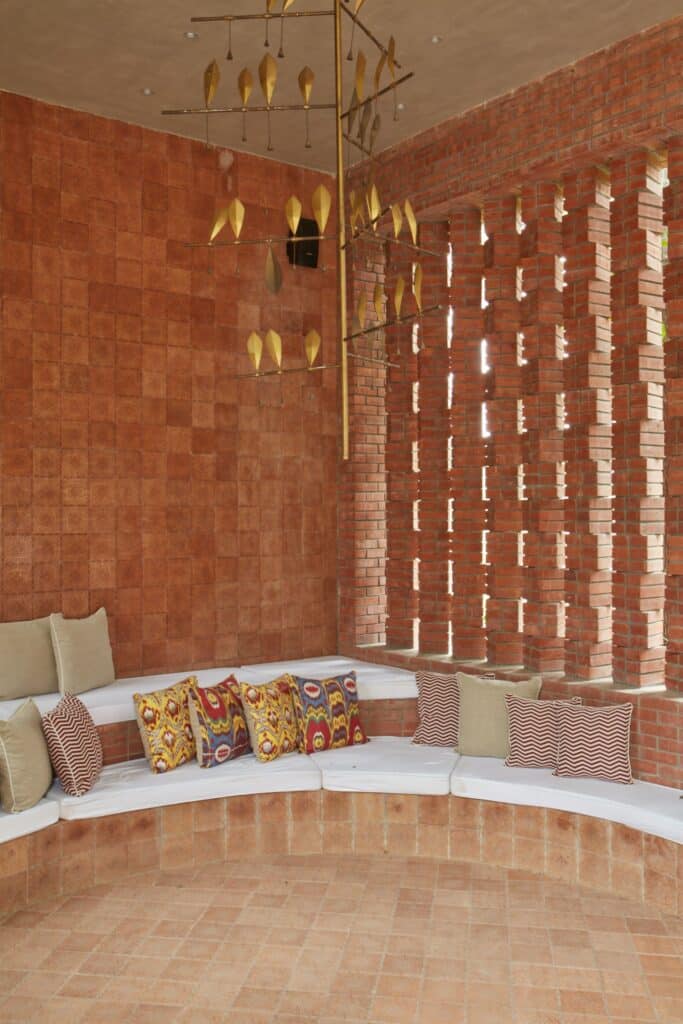
Everything in a Japandi living space is calm and collected. There are neutral colors, tones, and infusions all over that create a beautiful space that protects mindfulness and nurtures well-being. However, there is room for a creative flair as well. So the main space and features are low-key, but the accents don’t necessarily have to be. As long as nothing in there is too distracting or outspoken, there is plenty of space in this concept for embracing the more traditional Japanese liking for patterns. These patterns are connected with simplistic pieces like cushions to create the ultimate effect and perfectly blend the two cultures.
Japandi Lighting Concepts
Given that Japandi is so intensely under the radar, the lighting has to fit in with this concept too. Warm and subtle is the best way to stay in sync with the wider arrangement. Don’t be afraid to embrace something a little bolder, as this is the perfect arena to add in those splashes of braveness and install some unique features. Tall lamps in corners keep the whole space from feeling cluttered and emanating a glow, and that is the main goal. For overhead lights, try an understated, unimposing shade around the bulb to detract from the brightness, and take it a step further by using only low-level bulbs as well.
Japandi is a mix of Japanese design and Scandanavian influence. The two cultures have blended together to create a unique take on what a home should look like, and it is a fairly intuitive style to embrace. The key idea that is channeled within is that peaceful features with minimal clutter will create an environment that supports well-being and feels healing on a natural level. This trend is definitely one to watch.
Related articles
Open Concept Kitchen: Creating a Seamless Flow between Cooking and Living Spaces
Maximising your social and cooking space in an open-concept kitchen
Modern Ceiling Design Ideas For Interior Design
We shine a light on an often overlooked part of a room, from murals to metallics.
What To Expect From Your First Interior Design Meeting
From concept sketches to vision boards, everything you need to prepare for your initial meeting.


